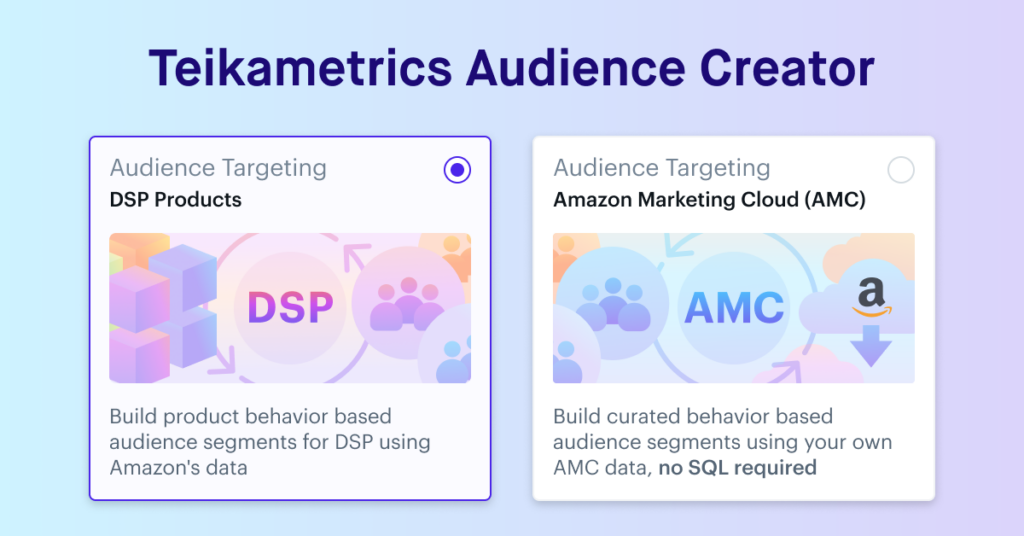There are a lot of things to consider when you sell on Amazon. Arguably, one of the toughest problems to solve is proper Amazon inventory management. Sellers and brand owners of all types and sizes struggle to find the balance that results in a well-run supply chain. And Amazon has its own rules about inventory that make it even more difficult. Luckily, we have some tips on properly managing your inventory. But first, let’s go over why this is such an important piece of the puzzle for people selling on Amazon.
Why Is Amazon Inventory Management So Important?
Proper inventory management is important for several reasons. First and foremost, improper inventory management can seriously impact your bottom line. If you carry too much inventory, you lose money. If you carry too little…you also lose money. If you fail to meet Amazon’s standards for inventory balance, your seller health and available storage suffer, as do your profits. Inefficient inventory practices lose money, period. That’s a good enough reason to clean up your systems. So let’s get into some strategies for better Amazon inventory management.
Understand Amazon’s Inventory Performance Index
Amazon’s Inventory Performance Index (IPI) is a metric that is applicable to ASINS sold on FBA only. Amazon determines a target score each quarter, and sellers that fail to reach that score for a given quarter can face reduced storage and increased fees the following quarter. The factors that impact the IPI are:
- Sell-through rate
- Excess inventory
- In-stock rate
- Stranded inventory
The good news is that in keeping each of the IPI levers in a good place, you’ll actually be practicing the fundamentals of smart inventory management. There are strategies to help you with each “bucket” associated with the IPI score, the first of which takes us into our next tip.
Keep Track of Stranded Inventory
Amazon will deem inventory not available for purchase for a number of reasons, though the most common are pricing errors, missing listings, and suspended listings. Even though Amazon can’t sell these ASINs, you’re still assessed Monthly Storage Fees, Long-Term Storage Fees (if applicable) and/or Overage Fees.
Check the Stranded Inventory Report in Seller Central every day. There is absolutely no reason not to. To see stranded inventory for particular listings, got to Inventory>Manage Inventory>Fix Stranded Inventory. This is the section that will allow you to edit a listing or remove the product from Amazon so you’ll stop losing money to those fees.
Properly Forecast Your Inventory Needs
This is a rather big tip that is made up of little sub tips. By properly forecasting inventory needs on Amazon, you avoid excess inventory, stock-outs, a bad sell-through rate and a negative IPI rating. But you can’t use a crystal ball to forecast correctly.
Understand Your Supply Chain Lead Time
Whether you manufacture your own products, work with an overseas or domestic supplier or manufacturer, or have some other arrangement, it’s important to understand the lead times associated with your inventory so that you can put the rest of the puzzle together. Make sure you know how long it takes to make your products, and how long it takes them to get to Amazon, regardless of whether they stop at a cross-dock location or are shipped directly to Amazon.
Calculate Your Inventory Turn Rate
You need to know, on average, how fast your ASINs sell on Amazon. This tells you how much inventory you need to maintain stock levels between inventory shipments in your supply chain. When this calculation is correct, you can avoid stock-outs and overstock situations more easily.
Keep a Good In-Stock Rate
When you understand your supply chain lead time and you know your average inventory turn, it should be easier for you to keep a healthy in-stock rate at Amazon FBA. This is the percentage of time your replenishable FBA products have been in stock in the last 30 days, weighted by the number of units sold for each ASIN in the last 60 days. Amazon updates this metric daily. Staying in-stock can help you reduce lost sales, maintain organic search rank and minimize excess inventory.
Minimize Excess Inventory
Excess inventory costs you money and hurts your metrics. Amazon considers any ASIN aged over 90 days, any ASIN that has over 90 days worth of supply, or has a better ROI opportunity (likely connected to gross margin ROI) to be excess inventory. Excess inventory is also the main contributing factor to a poor IPI score – so this is the metric that Amazon cares about the most, and is likely the reason the IPI score was created to begin with. Amazon FBA warehouses have a finite amount of space – Amazon wants items on shelves that move. You can create promotions, increase ad spend, or remove excess inventory to adjust your excess inventory rate.
Plan Around Seasonality
Seasonal demand, either because of the nature of your product, or the time of year, should be taken into account when properly forecasting your inventory needs. This is the X factor that many inventory management tools don’t take into account – which is why it’s very important to look back at your inventory performance year over year, and to take into consideration any factors that could have contributed to a speed-up or slow-down in sales.
Think About Diversifying Your Fulfillment Options
The pandemic showed many sellers and brand owners that it’s good to have a backup plan. COVID-19 caused Amazon to put inventory limits on incoming shipments from some sellers, first to make room for essential items, then to make room for items related to the holidays. Many sellers and brand owners turned to Amazon FBM (fulfillment by merchant). This is where you ship your products to your buyers yourself, or use a third party. This can be costly, but you can offer special packaging, unique bundles, and more options than you can via FBA.
Inventory Management for Long Term Success
Amazon is still the biggest player in the ecommerce space, so knowing proper Amazon inventory management is key to a long, successful relationship with the world’s biggest online marketplace.





